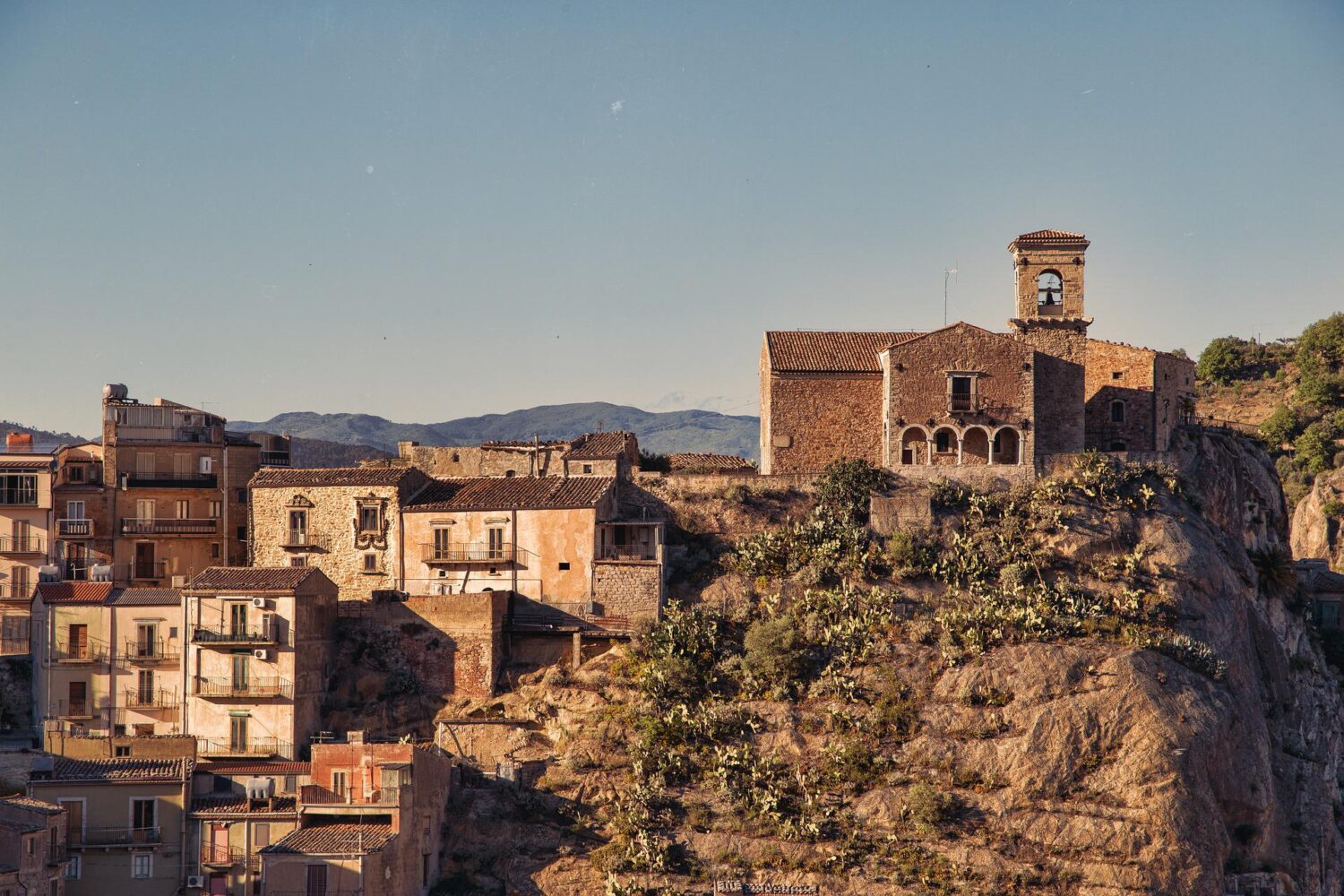
After the death of Alexander the Great in 323 BC and the foundation of the new Greek Kingdoms, mostly in the east, the island of Crete rose in importance. Hellenistic Greece was a real bed of influence and threat as well as downright attacks on each other, kingdom versus kingdom, and state against state.
The Island With A Hundred Cities, indeed.
The only way that these kingdoms could become stronger was to form alliances with each other. Many mainland states forged such alliances with Cretan cities and so Crete became much more powerful by influence and the fact that they had some of the best mercenary soldiers anywhere.
Crete became known to ancient writers as the ‘Island with a hundred cities’ (ekatompolis). And truly, it had perhaps even more than one hundred. It is believed that there were more than a million people on the island serving all of these cities and there was very little land that was not tilled to grow food. Back then Crete also had huge forested areas right up to the mountain’s tree line, and there was much fruit gathered from these forests. There was also plenty of wild game, and there were many hunters.
The cities of Crete were often large cities, like Gortyn for example, with a diameter of six miles – ten kilometres. Other notable cities were of course Knossos, Lappa, Kydonia, Aptera, and many more. The two most powerful cities were considered to be Gortyn on the Messara Plain and Knossos near modern Iraklion. These two cities were often in dispute with each other; at other times, they combined to attack another city. The city of Lyttos was destroyed by them. (220 BC).
Like many other parts of Greece, though, Crete had a Koinon. This could be translated as a sort of parliament. The function and makeup of this ‘parliament is hardly known, but it was thought to be a place where differences between city-states could be discussed and decisions made. Although some of the Cretan cities had alliances with other parts of Greece and with Egypt under Ptolemy (who married his sister), the Koinon also had the function of gathering all the cities of Crete into a significant alliance if ever they were attacked by foreigners.
It could be said that this could happen at any time since many of the pirate ships that scourged the eastern Mediterranean operated out of Crete. The major seafarers of the time were the people of the island of Rhodes, and they were constantly angry with the Cretan pirates. The origin of the word ‘syncretism’ started because of the Cretan Koinon. It means that although the Cretan cities might fight with one another, under an outside threat, they became one force.
The ‘island of a hundred cities’ must have been a wonderful place to see. Today it seems hard to imagine ten cities on Crete, never mind a hundred.
Table of Contents
Views: 208
